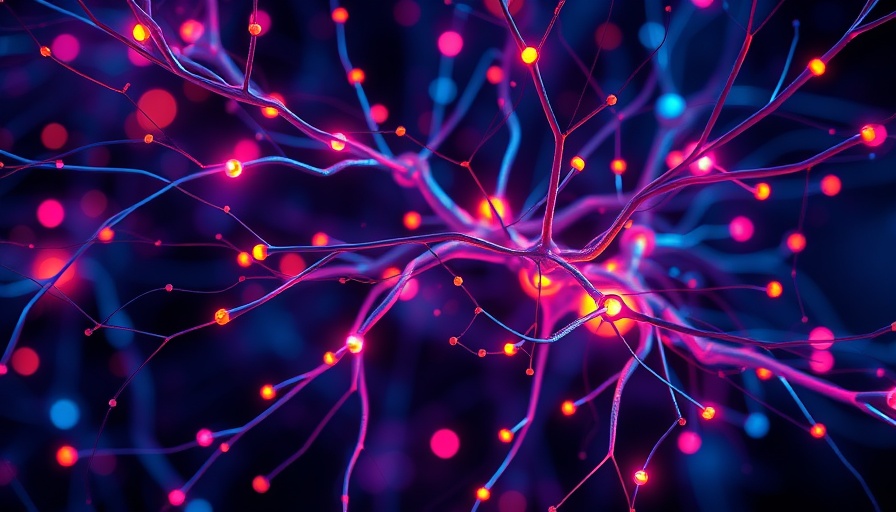
Understanding the Learning Process: How Synapses Adapt
Learning is a dynamic process deeply rooted in the biology of our brains. Recent research from the University of California, San Diego sheds light on how this learning occurs at the synaptic level. By employing advanced imaging techniques, neuroscientists have discovered that synaptic modifications—essential for learning—are more complex than previously thought. As new information is processed, specific synapses strengthen while others weaken, a phenomenon known as synaptic plasticity. This ability to adapt is crucial for encoding memories, following new behaviors, and more.
The Mystery of Synaptic Plasticity Unveiled
Until now, it was generally believed that the rules governing synaptic plasticity were uniform. However, Wright, Hedrick, and Komiyama's study disrupts this notion, revealing that different synapses in various brain regions can follow distinct rules for modification during learning activities. This groundbreaking insight could potentially revolutionize how we approach treatments for neurological disorders and even inform the development of artificial intelligence models that mimic human learning.
Implications for Health and Wellness
This research also holds significant implications for health and wellness. An understanding of synaptic changes during learning could inform therapies for conditions like Alzheimer’s disease and other cognitive impairments. By focusing on enhancing synaptic plasticity, health professionals can create interventions that support cognitive function and promote better memory retention. Communities like San Antonio could benefit from integrating this knowledge into their health and wellness centers, enhancing cognitive health initiatives.
Potential Applications in Artificial Intelligence
Neuroscience isn’t just about understanding the human brain; it’s pushing the boundaries of technology, particularly in artificial intelligence (AI). As we learn more about how synapses operate, those insights can be translated into algorithms that improve machine learning. Enhanced AI systems could not only learn from experience in a more human-like way but also personalize recommendations for health and wellness products, making them more effective for users.
Community Engagement Through Wellness Initiatives
Understanding the underlying mechanisms of learning paves the way for community-oriented health programs, particularly in places focusing on health and wellness. Workshops across cities, such as San Antonio, can teach individuals about the significance of brain health, synaptic plasticity, and their roles in optimal health and wellness. Community health events could offer resources like nutritional supplements and natural therapies emphasizing brain-healthy lifestyles.
Actionable Insights: Enhancing Your Cognitive Health
To capitalize on these insights, individuals can take actionable steps to support cognitive health. Engaging in lifelong learning, participating in cognitive training programs, and maintaining a balanced diet rich in omega-3 fatty acids can contribute to healthy synaptic function. Moreover, integrating mental exercises into daily routines—like puzzles or language learning—can strengthen the connections within our brains.
Conclusion: A Call to Action for Health and Wellness
The intricate workings of our brain reveal much about how we learn and adapt. As cognitive scientists continue to unlock these mysteries, the health and wellness community can leverage this knowledge to promote brain health. Whether you’re seeking to enhance your cognitive skills, mindfully engaging in health workshops, or exploring natural remedies, embracing the insights from neuroscience can foster a vibrant, healthy community.
 Add Row
Add Row  Add
Add 




 Add Row
Add Row  Add
Add 


Write A Comment